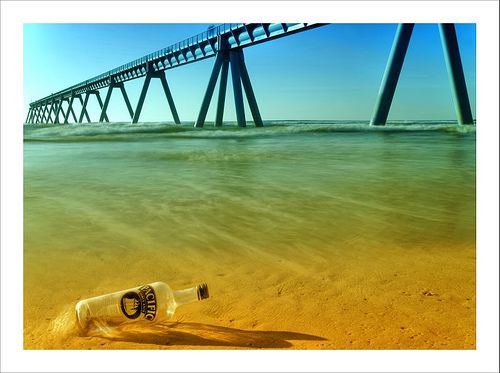-
 Diuretic
Diuretic
-
 Eris
Eris
-
 Bandage
Bandage
-
 Anthrax bacillus
Anthrax bacillus
-
 Catalase
Catalase
-
 LH2
LH2
-
 Rich cluster of galaxies
Rich cluster of galaxies
-
 Blastocyst
Blastocyst
-
 AFSSAPS
AFSSAPS
-
 IP protection index
IP protection index
-
 Cyanosis
Cyanosis
-
 ADEME
ADEME
-
 Tsunamite
Tsunamite
-
 Cinnabar
Cinnabar
-
 Fluid inclusion
Fluid inclusion
-
 Phoneme
Phoneme
-
 Quaoar
Quaoar
-
 Implant
Implant
-
 Transplant
Transplant
-
 Venous thrombosis
Venous thrombosis
-
 Kinetic energy
Kinetic energy
-
 Tropopause
Tropopause
-
 Deoxyribose
Deoxyribose
-
 Kennedy Space Center
Kennedy Space Center
-
 Gout
Gout
-
 DCE
DCE
-
 Stellar aberration
Stellar aberration
-
 Hoar frost
Hoar frost
-
 Podosome
Podosome
-
 Hereditary disease
Hereditary disease
Macro-waste
Without any legal status, macro-waste is defined by the Ramoge Agreement as "waste produced by human activity, floating on the surface or immersed, transported by sea currents or by rivers to the coast and deposited on beaches ".
This type of waste generally escapes traditional waste management circuits after being abandoned in a natural environment, thrown into the sea or blown away by the wind. It can then either accumulate in the sea, where it may be ingested by wildlife, or end up on the beach.
This waste therefore represents a threat to wildlife and an eyesore on the coast.
 A bottle abandoned on a beach. Without the photographer's intervention, the bottle would not have been recycled. © Arnaud Bertrande / Photographie CC by-nc-sa 2.0
A bottle abandoned on a beach. Without the photographer's intervention, the bottle would not have been recycled. © Arnaud Bertrande / Photographie CC by-nc-sa 2.0
Latest
Fill out my online form.



